The Nigeria Liquefied Natural Gas (NLNG) Limited recently said that vessel scarcity due to the restrictions at the Panama Canal was one of the reasons for the rise in the cost of liquefied petroleum gas (LPG) also known as cooking gas.
The company also said other factors include oil prices and foreign exchange crisis.
According to NLNG, vessel scarcity due to the Panama Canal situation has given rise to increased shipping costs which reflect on the cost for end users. There are now indications that the situation will get worse which will further exacerbate rising LPG costs for Nigerians.
Recall that Nigeria still depends on LPG imports for 60% of demand as the NLNG is only able to meet 40%.
Insights on Panama Canal Restrictions
The Panama Canal is grappling with an unprecedented drought, potentially intensified by El Nino and climate change. Gatun Lake, crucial for the canal, is experiencing record-low water levels, leading to progressively stricter restrictions on ship transits. Here’s a breakdown of the situation:
- Drought Intensified by El Nino and Climate Change – The Gatun Lake, a key water source for the canal, records levels below 80 feet. El Nino’s warming effects on the Pacific Ocean exacerbate the drought. Meanwhile, global sea surface temperatures hit a record high in 2023, contributing to the crisis.
- Canal Authority’s Response – Restrictions on ship transits tightened due to water scarcity. Average daily transits reduced from 32 to 31 ships from November 1, further decreasing in the coming months.
- Impact on Shipping and Freight Costs – Analysts warn of potential long queues causing higher freight costs. Ship operators may charge more or opt for longer routes due to limited canal access.
- Restriction Timeline – Compared to about 38 to 40 transits daily, they are now to decrease gradually: 31 from November 1, 25 from November 3, 24 from November 7, 22 from December 1, 20 from January 1, 2024, and 18 from February 1, 2024.
- Additional Water-Saving Measures – The Panama Canal implements various measures, including water reuse, simultaneous crossings, and schedule optimization to address the prolonged drought and ensure efficient canal operations.
Natural gas analyst, Kayode Oluwadare told Nairametrics that since its inception, the Panama Canal has been an important man-made maritime route for dry and wet cargo vessels.
Since its completion in 1914, the 80-kilometer waterway has continued to promote international trade especially between the United States and the Asian countries as it connects the Atlantic Ocean and the Gulf of Mexico to the Pacific Ocean.
He also noted that the canal has also been an important route for the movement of large oil and gas vessels such as VLGC and VLCC. In recent years, the water level at the Panama Canal has dropped significantly largely due to drought.
He said:
- “This has negatively affected the smooth passage of vessels including those of crude oil, LPG, LNG, and other commodities, resulting in long queues of vessels waiting to use the canal and unusually long waiting times.
- “This is causing a major disruption to normal shipping schedules across the globe as activities around the waterway affect over 60% of global seaborne trade. The disruption at the Panama Canal has played a major role in the rising LPG prices currently being felt across the country.
- “Most vessels including the LPG vessels, that have to use the canal are having to either pay a premium through an auction to jump to the front of the line, spend additional days or weeks on the long queues, or resort to a longer route such as the Cape of Good Hope all in a bid to beat the long queues. All these endeavors result in high shipping and insurance costs which have to be borne ultimately by the end users of LPG upon import.”
More Insights on the Nigeria-Panama Canal Connection
The use of the Panama Canal in the Nigerian context has mostly been for the transportation of liquefied natural gas (LNG) from the NLNG’s Bonny facility to the South American buyers and this activity dates back to the commencement of operations at the plant between 1999 and 2000.
Most of the LNG deliveries from Nigeria to South America are on a cost, insurance, and freight (CIF) basis while the LPG is sold on a free-on-board (FOB) basis.
The Panama Canal has also been used for dry bulk shipping from Nigeria to South America and the Asia-Pacific region.
It is also important to note that imported LPG volumes are not necessarily from locations and regions around the Panama Canal as large volumes are sourced even from neighboring African countries.
However, the congestion at the canal is contributing to the scarcity of vessels needed for the transportation of commodities including LPG amidst global challenges around rising costs and inflation.
It then requires a premium to charter a vessel among the pool of the limited number of vessels available for voyage charter.
This cost will eventually be passed to the end users of LPG on the streets of Lagos, Enugu, Kaduna, and other locations within the country.
Brace up for higher costs
As earlier noted, it is expected that LPG prices will rise further as the situation around the Panama Canal is not expected to improve in the short to medium term.
Other factors that are driving the spike in domestic LPG prices such as exchange rate volatility and the uncertainty around the global crude oil prices to which LPG prices are indexed, are still active.
Meanwhile, the high winter demand for LPG in Europe and parts of Asia is also expected to keep upward pressure on international LPG prices.
Nigerians should brace up for record-high LPG prices between now and the end of 2023.
Already, end users across the country are refilling their cooking gas canisters for above N1,200 per kilogram.
With the yuletide season fast approaching and with the restrictions at the Panama Canal getting even tighter, some analysts project cooking gas might cost up to N1500 per kilogram at Christmas.

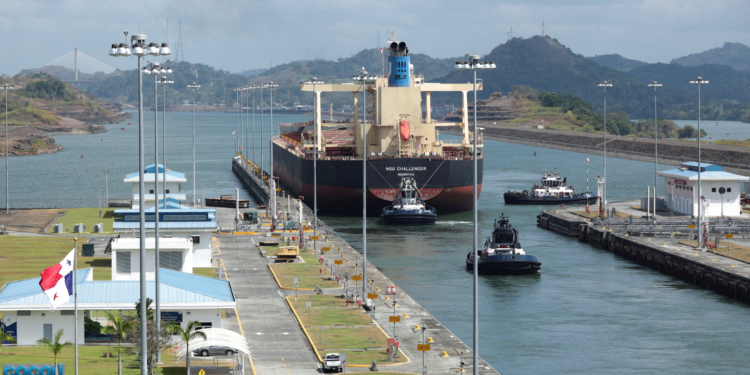






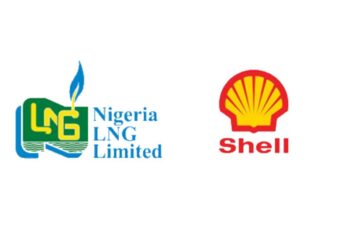

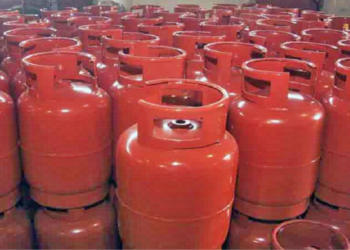

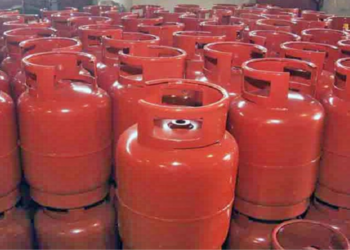











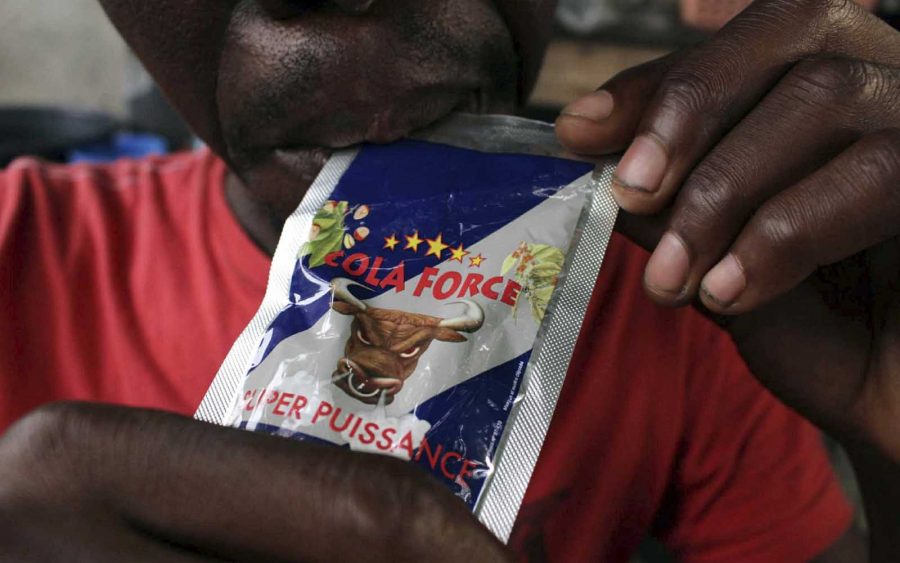
How does this affect Nigeria when we don’t import gas
Lol Nigeria imports 60% of its gas demand. NLNG withs it’s six trains can only supply 40% of our country’s demand.